Not just a marine issue, new research shows microplastics are also changing agricultural land. Bárbara Pinho finds out how and what we can do to prevent it affecting our food
When we think of farmland, we might imagine a landscape of lush green meadows or golden fields of cereal crops. But in reality, these landscapes are probably darker, and that’s thanks to the plastic mulch used everywhere.
Plastic mulch has become an important part of the way farmers grow food. It protects the soil from pests while reducing evaporation and thus maintaining higher moisture levels. In Europe, around 4270km2 of agricultural land – about two-and-a-half times as big as Greater London – was covered with plastic mulch in 2010, and the practice continues to grow, with its global use increasing by 5–10% every year. But for all its benefits, using so much plastic to grow food comes at a cost.
Agriculture is a major contributor to plastic pollution. Inadequate waste management can leave a significant amount of mulch residue, which then breaks down into smaller particles, also known as microplastics.
Microplastics and plastic pollution often brings to mind marine life; turtles struggling with plastic straws, fish caught in discarded nets, seagulls eating plastic bags. But terrestrial landscapes are also at risk. Although a lot of plastic ends up in the oceans, most of the plastic that ends up there was produced, used and often disposed of on land. Calculations suggest that around 32% of all produced plastics may remain in continental environments. Littering and poor waste management contribute to this significant figure, as does tyre wear and the disposal of industrial and consumer waste.
And among the threatened soils, those where agriculture is common are even more at risk. ‘Since about 93% of the world’s agricultural activity takes place on land, agricultural soils are the main recipients of degraded or discarded plastics,’ says Sergejus Ustinov, a soil pollution specialist at the Food and Agriculture Organization of the United Nations (FAO).
An era of plasticulture
Since the mass production of plastic began in the 1930s, the way we grow food has changed profoundly. Fertiliser started to be sold in plastic containers. Irrigation water began to flow in rubber sprinkler pipes. Glass covers on greenhouses were replaced with plastic ones.
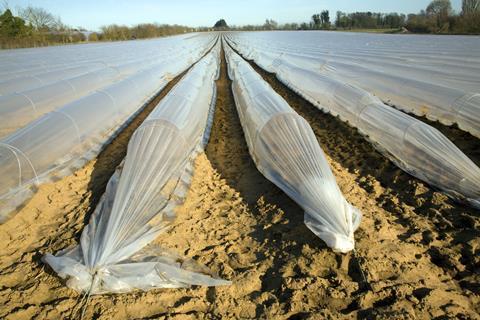
Plastic was (and still is) well suited for agricultural use because of its durability, flexibility and chemical resistance. Plastic mulch is cheap and easy to apply, while plastic pipes are lightweight and not as likely to corrode as metal pipes, making them more durable.
Plastics have become such an important part of agriculture that the term plasticulture has been coined to refer to the use of all this plastic in agricultural activities. And although studies suggest that global agricultural use of plastics accounts for only 3–4% of total human plastic consumption, agroplastics remain a significant source of pollution in terrestrial environments, largely because they’re poorly managed after use.
‘If the plastic is left in the field after use, it will start to degrade and fragment, forming small particles such as micro- and nanoplastics,’ adds Ustinov. ‘This is specifically the case due to poor management.’
Fertilisers are also a vehicle for plastic pollution. In a recent study, scientists looked at UK agricultural soil samples from 1846 to 2022 and found a significant increase in the concentration of microplastics in soils over the last 50 years, especially those that had been treated with either organic or inorganic fertilisers. Inorganic fertilisers can spread microplastics because many of them are coated with polymers to ensure that nutrients are released slowly into the soil. Organic fertilisers, such as sewage sludge or manure, leave plastic traces in a different way.
Sewage sludge is the waste product of sewage treatment plants. Because it’s a source of organic matter, it has been used as a fertiliser for many decades across Europe, including the UK. More than 90% of the UK’s sewage sludge is applied to agricultural land as a fertiliser and soil conditioner. Although this sludge is treated in sewage treatment plants, microplastics are not completely removed from the final product.
‘These microplastics, which are commonly found in urban wastewater, don’t usually come from the fragmentation of larger plastics,’ explains Jose Jiménez, a molecular microbiologist at Imperial College London in the UK. ‘They tend to come from textiles. So it’s textiles that break down and produce these microplastics that end up polluting the sludge, which ends up as fertiliser,’ he adds.
All these types of plastic, coming from all sources, have created soils that are deeply contaminated and this could have implications for how we grow food.
Plastics and soils
Microplastics in soil can alter its physical properties such as bulk density, porosity and water dynamics, including infiltration, water retention and evaporation. However, these changes vary greatly depending on factors such as soil type, climate and the amount and shape of microplastics present, so it’s difficult to paint a clear picture of how small plastics affect soils.
However, one result that scientists consistently see is that when microplastic fibres are in soil, they increase its water-holding capacity. This affects not only the physical properties of the soil, but also the chemical and biological aspects of the ecosystem.
In a study published earlier this year, researchers from Germany wanted to see how these fibres would affect fungal communities in both wet and dry conditions, given this effect on water retention. In May 2019, the team established a plant community of seven grassland species in pots of dry soil collected from a small region in Brandenburg, Germany. They sieved the soil and mixed in microplastic fibres at a concentration of 0.4%, mimicking real-life contaminated soils. The scientists then exposed the soil to either 70% or 30% of its water holding capacity, the latter representing drought conditions. After two months, they measured soil health indicators and found that microplastics affected the entire fungal community, in a pattern that depended on the water status of the soil.
Researchers often find more questions than answers
The researchers write that under well-watered conditions, the total fungal community was 40% lower in abundance in soils with microplastics compared to those without. They suggest that this may be because under wet conditions, microplastics can leach chemically toxic substances into the soil matrix, which in turn harms soil fungi.
In drought conditions, however, the scientists found that the richness of the whole fungal community increased by 57% in contaminated soils. They believe that because microplastic fibres can hold water for longer, they provide the necessary hydration for microorganisms that would otherwise die in drought conditions. And because the conditions are so dry, it’s possible that no chemical leaching is taking place.
These mixed results paint a complex picture of how microplastics interact with soils – and this complexity is a recurring challenge in the field. In many studies looking at the physical and chemical effects of plastics on soils, researchers often find more questions than answers. Because plastic particles are so diverse, scientists agree that more research needs to be done to ensure that studies capture the immense diversity of plastic particles.
But while the chemistry and physics of soils is complex, more is known about the impact of plastic on living organisms such as plants and small animals, and consequently on the food we eat.
Plastics, plants and food security
Plants are very good at taking up minerals from the soil; their roots can grow far and wide to ensure that they capture essential elements such as phosphorus and nitrogen and move them around through their internal transport tissues. But because plants are so good at capturing small particles, they end up capturing plastics too.
Studies have shown that small plastic particles can enter plants and cause a range of detrimental effects. Once inside the plant, microplastics can delay seed germination, stunt growth, inhibit photosynthesis, disrupt nutrient metabolism and cause oxidative damage.
Plastics can be ingested by soil invertebrates and vertebrates
A study on lettuce showed that polystyrene microplastics can affect plant growth to the point of significantly reducing the weight and number of leaves. Another study on tomatoes showed that concentrations of microplastics around tomato seedlings caused severe oxidative stress to the plant and inhibited healthy growth.
But plants are not the only way plastics can affect our food. Ustinov explains that, as well as directly affecting plant growth, microplastics in soils can also affect food security by contaminating organisms at the base of the food chain.
‘When left in the soil, plastics can be incorporated into the soil through various mechanical processes and subsequently ingested by soil invertebrates and vertebrates,’ he adds. ‘These organisms may then be consumed by animals living above ground, further spreading the plastic contamination.’
Up the food chain
One of the invertebrates that has been studied most in relation to plastics is the earthworm. Earthworms are an important part of the food chain. They recycle nutrients in the soil, loosening, mixing and oxygenating the soil as they dig tunnels. Esperanza Huerta Lwanga, a soil ecology researcher at Wageningen University in the Netherlands, has been working with these animals for years and sees plastic having a profound effect on them. ‘I’ve seen that in different home gardens where there is too much pollution, too much plastic, there are fewer earthworms,’ she explains.
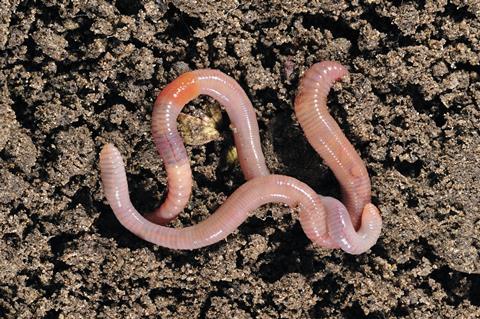
Lwanga’s research has shown that high levels of microplastics contribute to higher mortality rates among these animals. But a study she conducted a few years ago went further, looking at how plastics affect creatures in ways that ultimately harm humans.
In a 2017 study, Lwanga travelled to a small village in Campeche, Mexico, to collect samples from the home gardens of Mexican households. In this particular community, residents have little access to proper waste management, so they burn their plastic waste in their gardens, even though this is where they grow plants and raise chickens.
‘We went to the home gardens, we took soil samples, we took the faeces of the earthworms that were there, and then we also collected and opened the chickens,’ she explains.
The scientists worked with chickens for two reasons. Firstly, they wanted to understand if any of the plastic was ingested by the animals, so they had to open some of them and look inside their gizzards. Secondly, because chicken is an important part of the local community’s diet, the team wanted to alert the community if they found any plastic in the gizzards. Their results showed that both earthworms and chickens ingested the microplastics, showing a clear flow of plastics through different levels of the food chain.
‘If there is plastic [in a home garden], it will for sure not stay there […] It’s going to be fragmented, then it’s going to be ingested and if there are vertebrates such as chicken, they can take it,’ Lwanga explains.
It’s very difficult to not use plastic
In Mexico, chicken consumption is around 15 chickens per person per year. Taking these figures into account, and counting the average amount of microplastics in each gizzard, the researchers calculated that this could mean a potential annual intake of 840 plastic particles per person in the community. After publishing the results of this study, Lwanga flew back to Mexico to inform the community of their findings.
‘I went back and told the people living there what was happening and they were very surprised; the ladies even hugged me and said “Thank you for all the information,”’ she adds. ‘Education really does play an important role here.’
When it comes to solutions, the ideal way to prevent this pollution from getting worse in the future would be to stop using plastics altogether. But given how widespread they are and how useful they end up being, getting rid of plastics is an unlikely scenario.
‘It’s very difficult to not use plastic. Sometimes I say to my husband that, even myself, someone so very worried about this problem, cannot avoid buying things in plastics,’ Lwanga says.
And indeed, many of us are experiencing the inevitability of plastic, especially as it becomes more present in our lives. After a temporary slow-down due to the Covid-19 pandemic in 2020, global plastic production rose to 390.7 million tonnes in 2021, and it is predicted that plastic usage will reach 1231 million tonnes by 2060.
With humanity seemingly addicted to plastic, teams of scientists around the world have been working on systems to better fragment and recycle it and one popular example is plastic-eating bacteria.
Will plastic-eating bacteria become a reality?
In 2016, Japanese scientists introduced the world to Ideonella sakaiensis, a bacterium capable of breaking down and consuming the plastic polyethylene terephthalate (PET). The team found the bacteria in a rubbish dump in Sakai, Japan. Their lab tests showed that the bacteria broke down a small piece of plastic into its precursor liquids in about seven weeks. While impressive, it was far too slow to make a significant impact on plastic waste. Today, teams around the world, including Jiménez’s at Imperial, are still working on using microorganisms to break down plastics.

‘I’m convinced that if we could let evolution do its work, eventually, microorganisms would be able to find the solution for it [complete plastic degradation],’ he says. ‘The problem is that the rate at which we are releasing polymers is very fast compared to the ability of natural systems to cope.’
Among other projects he’s leading, Jiménez is now seeking funding to tackle the problem of microplastics in sludge used as fertiliser on UK farms. Before sewage treatment plants deliver sludge to farmers for use as fertiliser, the waste undergoes several treatments using microorganisms. Given that biology is already used in this waste treatment process, Jiménez believes it would be useful to consider using these microbial processes to break down microplastics as well. In theory, he’d use plastic-eating bacteria in the treatment tanks.
But even if they secure funding and continue to try and find the bacteria to do this, it wouldn’t be a silver bullet. ‘Currently, only polyester microplastics (11% of the total microplastic burden) could be treated in this way,’ he says. ‘Different biological agents would have to be discovered or developed to tackle other common microplastic polymers.’
So, while plastic-eating bacteria are still a great idea, they are limited by the fact that they only ‘eat’ certain types of plastic, and by the time it takes them to digest polymers. One day they may be part of an integrated strategy to deal with plastics. But for now, the best strategies we have to deal with the inevitability of plastics seem to be to manage them better.
Moreover, Ustinov explains, because agricultural plastics pose such a threat to ecosystems, farmers have a key role to play in waste management. As part of the projects he’s involved in at FAO, he explains that he and his colleagues are raising awareness among farmers about the impact of plastic pollution and the importance of proper disposal and recycling practices. ‘We’re trying to give incentives to farmers so that they start implementing sustainable management solutions,’ he adds.
With that in mind, and knowing that the world will need to produce more food in the future to feed a growing population, it is likely that plastic mulch will continue to be used in agricultural landscapes for the sake of yields. But let’s hope that with the right incentives, the residue from that mulch ends up in recycling plants rather than in our food.
Bárbara Pinho is a science writer based in Porto, Portugal
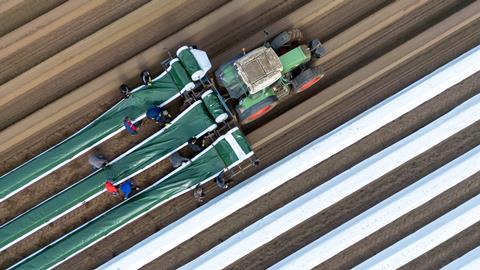



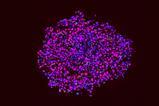

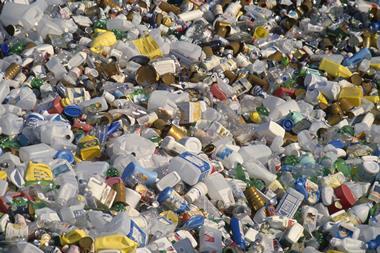
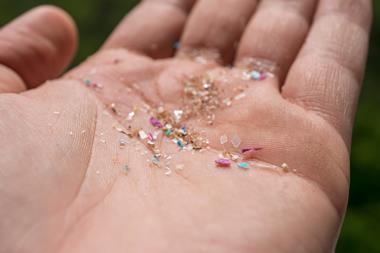
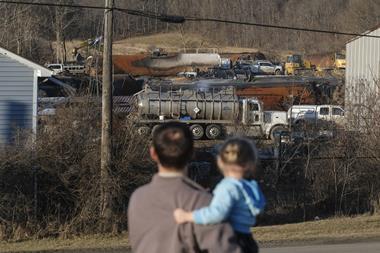


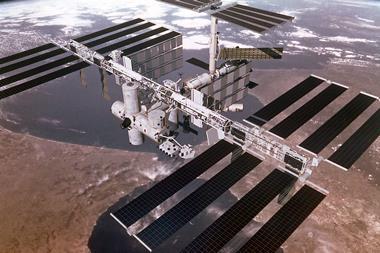
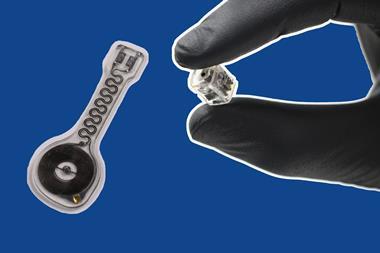

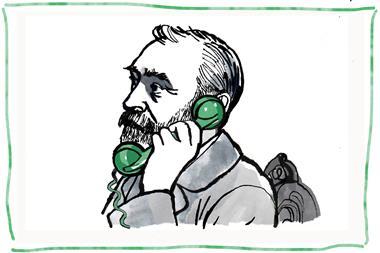

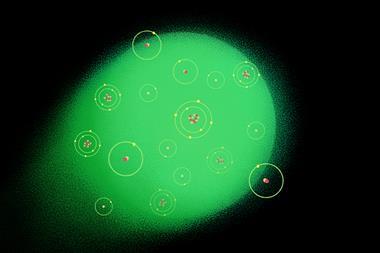
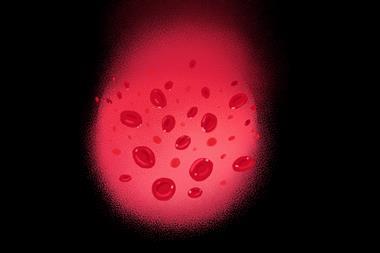
1 Reader's comment